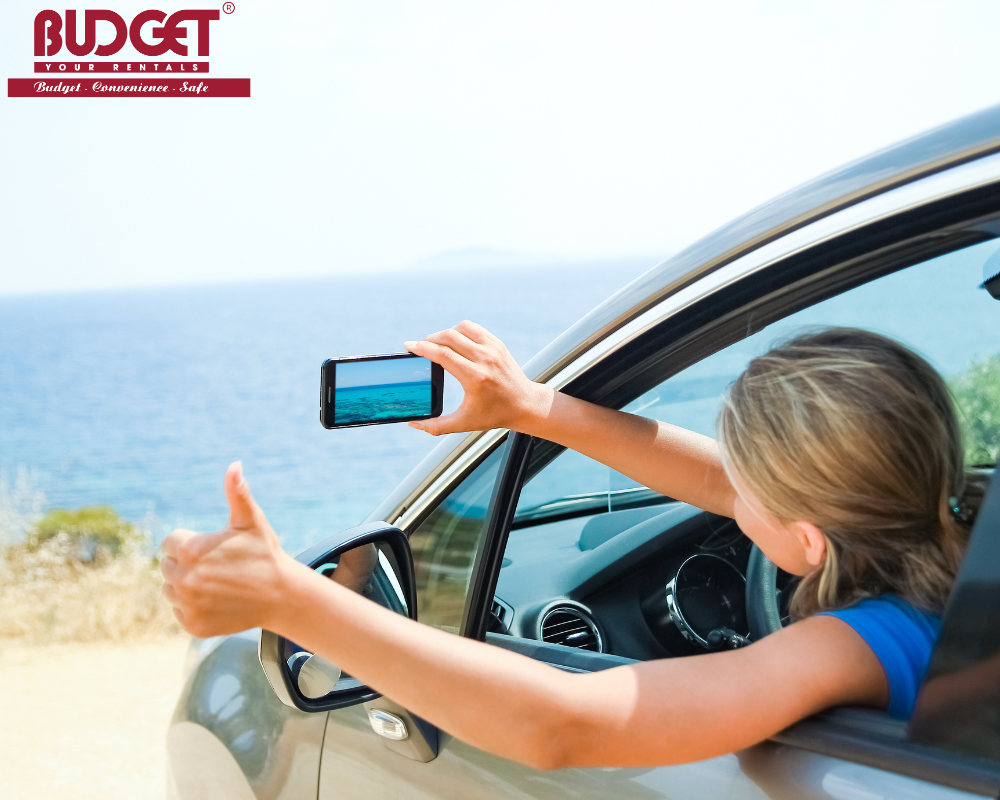
Vietnam Phu Quoc Self Drive All Thing You Need To Know
Renting a car in Vietnam can be a convenient way to explore the country at your own pace, but it's important to be prepared and informed before hitting the road.
Driving in Phu Quoc Vietnam, All thing you need to know before.
Phu Quoc Island is a popular destination in Vietnam, known for its stunning beaches, lush forests, and rich marine life.
Self-driving is an excellent way to explore the island at your own pace and discover its hidden gems. Here's all you need to know about self-driving in Phu Quoc:
Driving License: To rent a car in Phu Quoc Vietnam, you need a valid driving license from your home country . Make sure to carry your license with you at all times when driving.
Requirement for more information:
1. International driving license ( just recommend)
2. Passport & visa
3. Credit card and cash in USD or Vietnamese đồng.
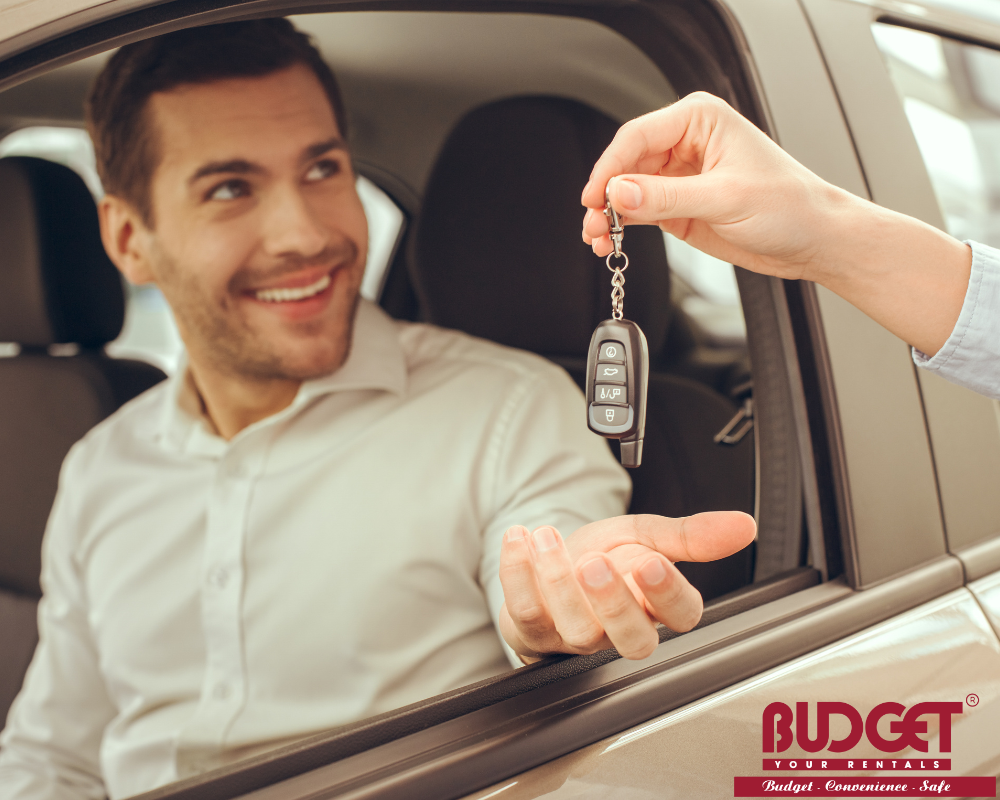
Renting a Vehicle: You can rent a car or motorbike from several rental agencies on the island. Motorbikes are the most popular option, and you can find them for rent for as little as $79-99 per day.
Make sure to inspect the vehicle before renting it and take photos of any existing damage to avoid any disputes later on.
Road Conditions: The roads in Phu Quoc are generally in good condition, but some parts of the island are unpaved and can be bumpy. Be careful when driving on these roads and watch out for potholes and sharp turns.
Traffic: Traffic can be heavy in the main tourist areas of the island, especially during peak season. Be patient and take your time when driving, especially if you're not used to driving on the right side of the road.
Navigation: There are several navigation apps available in Vietnam, such as Google Maps and Maps.me, which can be helpful when driving in Phu Quoc. Make sure to download the maps and save them offline in case you lose your internet connection.
Gas Stations: There are several gas stations on the island, but they can be sparse in some areas. Make sure to fill up your tank before heading out and carry some extra fuel in case of emergency.
Safety: Always wear a helmet when riding a motorbike and follow traffic rules, including speed limits and traffic signals. Be cautious when driving at night as visibility can be low, and there may be animals on the road.
Self-driving in Phu Quoc can be a fun and rewarding experience, allowing you to explore the island at your own pace and discover its hidden treasures. Just make sure to follow the rules and drive safely to ensure a safe and enjoyable trip.
Rules of the road in Vietnam
One difference from other parts of the world is that in Vietnam, unlike in the United Kingdom, you drive on the right side of the road, and the driver's seat is on the left, so if you're visiting from the US or any Western country where people drive on the right side of the street, initially this may feel awkward.
In addition, it's helpful to familiarize yourself with some rules before you set out on the Vietnam roads.
Speed limits: On urban roads, the speed limit is usually 60 kilometers per hour (37 miles per hour). Rural roads are 90 kph (56 mph), and on the highway, you may drive a maximum of 120 kph (75 mph).
Seat belts: Drivers and all passengers are required to wear seat belts. Those who don't comply may get a fine.
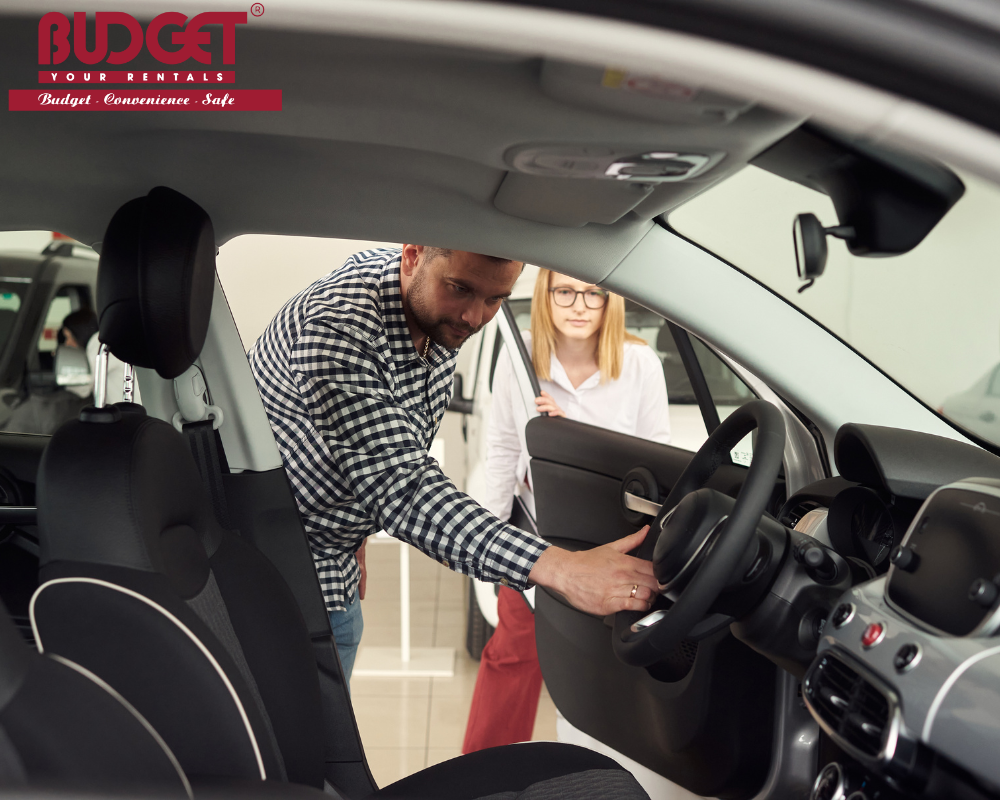
See more: Rent a car in Vietnam all thing you need to know.
Children and car seats: In modern taxis or cars, car seats may be able to be properly fitted. Unfortunately, older model cars may not have rear seat belts or the correct setup for attaching a car seat.
Aggressive driving: Be aware that there are differences in driving etiquette before you get behind the wheel in Vietnam. Tailgating and cutting people off is much more common and somewhat acceptable.
Alcohol: The legal blood-alcohol limit for drivers who have had their license for over five years is 0.5 grams per liter of blood. Those breaking the rules may end up with fines and/or prison time.
Cell phones: Unless you have a hands-free phone, it is illegal to use your mobile phone when driving in Vietnam. Not only are there many things to pay attention to as you drive, but if you are using a phone at the same time, you risk getting a ticket and having your license confiscated.
Petrol (gas) stations: Usually an attendant will fill your tank, take your payment, and clean your windscreen if needed. Credit or debit cards can be used at the bigger gas stations and in most Vietnam cities and towns, although in some more rural areas only cash is accepted.
Toll roads: Some of the expressways in Vietnam charge inexpensive tolls on roads. The fee is worth it, as the roads help you connect more quickly between the different parts of the country.
Flashing lights: In Vietnam, when a driver flashes their lights, they are letting you know they are not planning to stop and would like you to get out of the way. This is yet another reason to drive defensively.
Honking: Despite the traffic in some areas, you won't hear frequent honking in Vietnam other than some quick, friendly beeps making drivers aware of another driver's presence. However, don't be surprised when locals often honk their horns as they pass shrines or religious areas.
In case of emergency, please contact the following hotlines in Vietnam:
Police Department - 113
Fire Department - 114
Ambulance - 115
Traffic Police in Ho Chi Minh - 0693 187 521
Handy words to know while driving in Vietnam
There are not so much people speak English in Vietnam, when you are driving and traveling, it comes in handy to know a few key phrases before starting your trip to Vietnam.
Where is the police station?: = đồn cảnh sát ở đâu?
I have a flat tire: Xe tôi bị thủng lốp ( vỏ)
I have been in an accident: Xe tôi gặp tai nạn
How much is it ? Cái này bao nhiêu( tiền)?
Where can I buy petrol?: Trạm đỗ xăng ở đâu? I want to get a full tank, Vui lòng đổ đầy bình ( xăng / dầu).
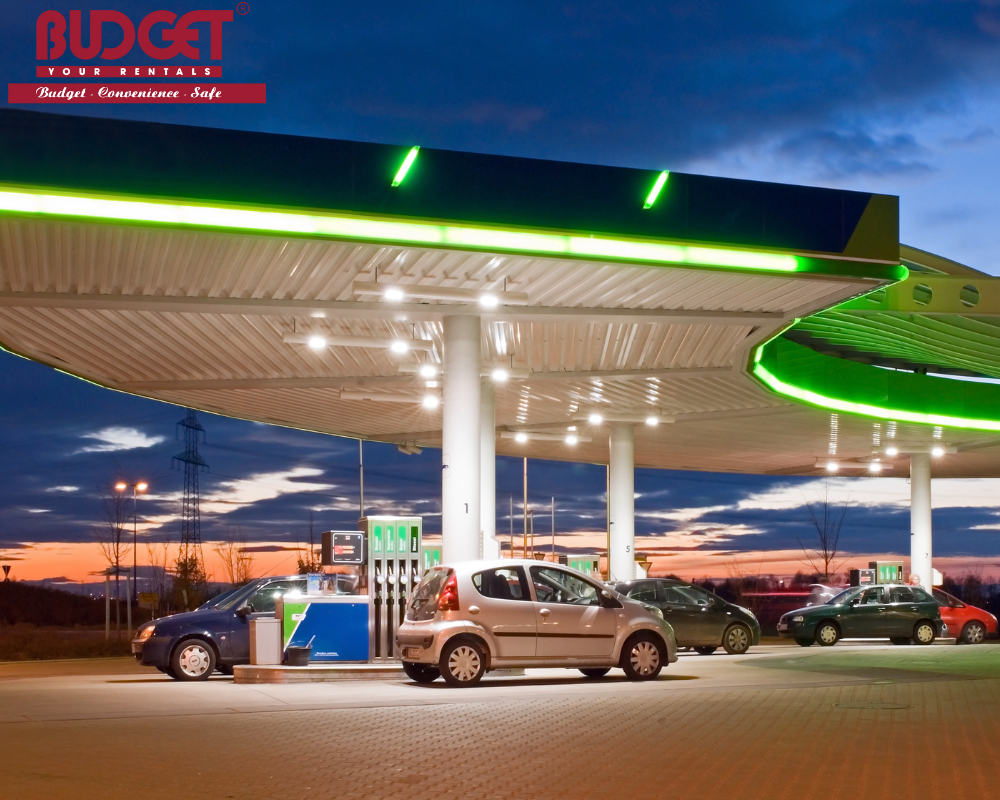
Traffic Road Signs
Vietnam’s traffic road signs are prohibition signs, danger warning signs, and signs. These traffic signs have square, rectangular, blue backgrounds to inform road users about the necessary information to keep the road safe.
Prohibition signs are in a circle shape to report restrictions or prohibitions drivers must adhere to when driving.
See more: Vietnam traffic sign prohbition
List basic of the penalties for traffic violations in Vietnam.
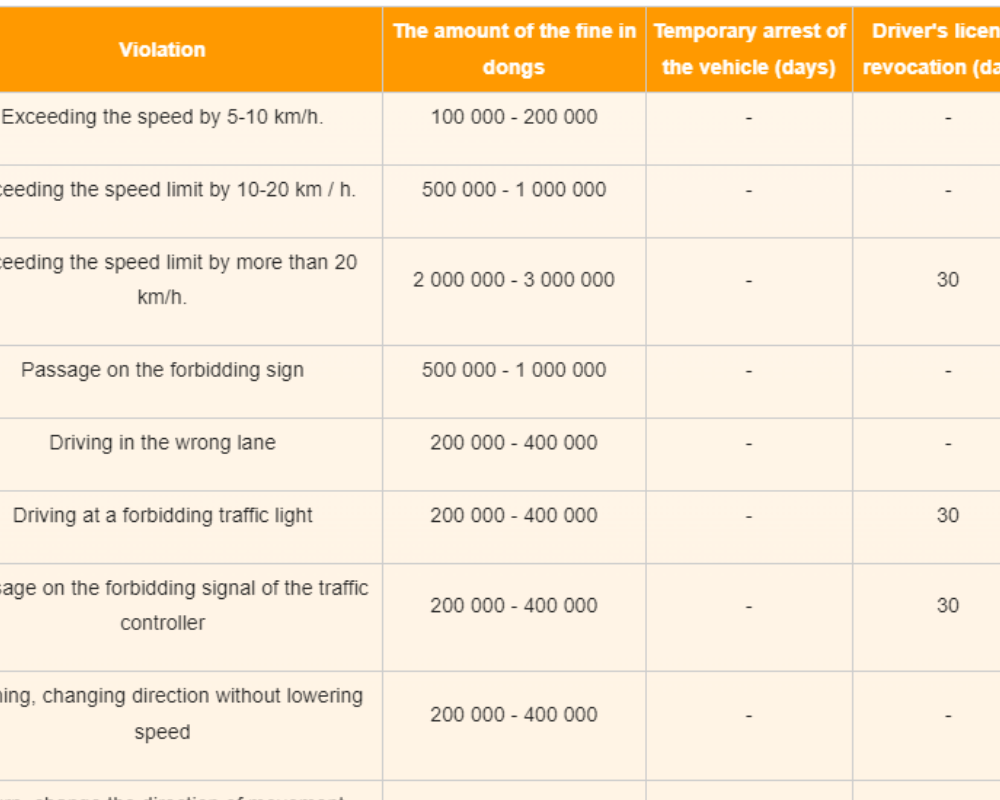

Driving Requirements in Vietnam
Rent a car in Vietnam, you must be 20. If you plan to rent a car, you'll need to be at least 23, though the minimum age varies by company; you will also need to have had a driver’s license for a minimum of a year and carry your passport with you.
The driver’s license from your home country might work, especially if it is in English and has a photo.
That mean we may accept your license driving while no international license driving available.
But since there is a risk of not being covered by insurance, you may want to get an International Driving Permit (an IDP, from your local automobile association).
If you are in Vietnam for more than 3 years, you should either have an IDP or a Vietnam license. Always carry your driver’s license along with your passport when hitting the road.
If you forget to bring these documents and are stopped by the Vietnam police, you can end up with a big fine.
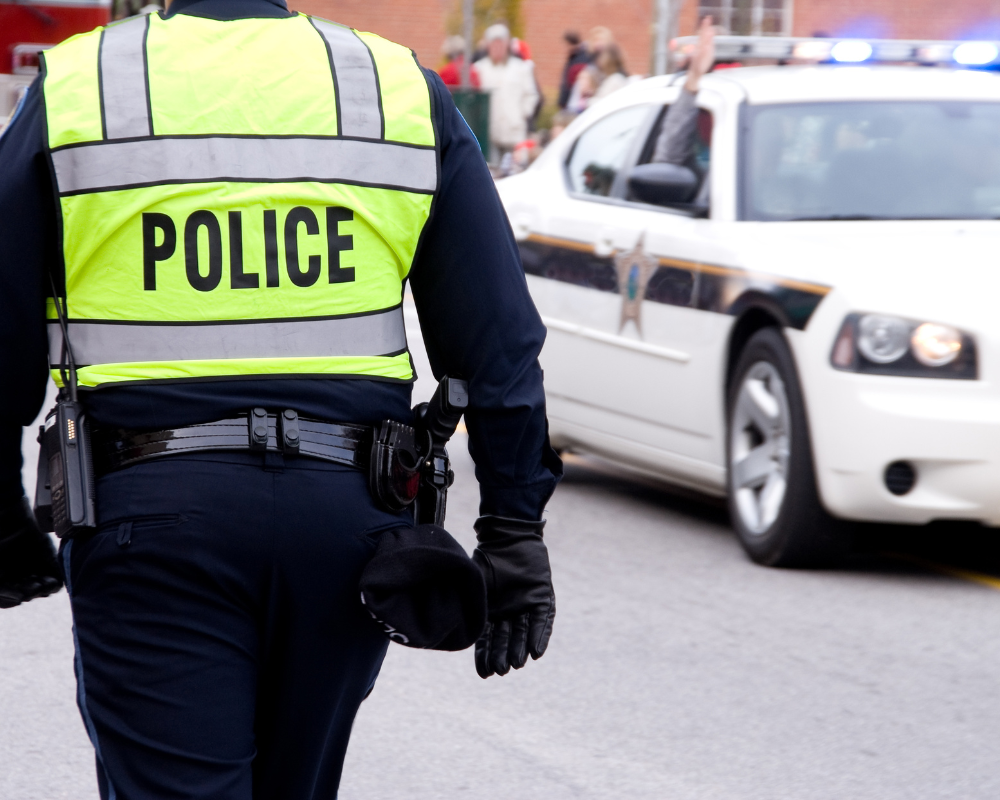
See more : 10 things when stop the car by the police officer?
How to get to Phu Quoc from Ho Chi Minh?
There are several ways to get to Phu Quoc from Ho Chi Minh City:
By Flight: The easiest and most popular way to get to Phu Quoc from Ho Chi Minh City is by flight. There are several daily flights from Ho Chi Minh City's Tan Son Nhat International Airport to Phu Quoc International Airport, with a flight time of about 1 hour.
Airlines that operate flights to Phu Quoc include Vietnam Airlines, Vietjet Air, Jetstar Pacific, and Bamboo Airways.
By Ferry: You can also take a ferry from Ha Tien or Rach Gia in the Mekong Delta to Phu Quoc Island. The ferry ride takes about 2-3 hours, and there are several daily departures. This is a good option if you want to enjoy the scenic views of the sea and save some money compared to a flight.
By Speedboat: Another option is to take a speedboat from Ha Tien, Rach Gia, or even Hon Chong in Kien Giang Province to Phu Quoc Island. This is a faster option than the ferry, with a travel time of around 1 hour. However, it can be more expensive than the ferry.
By Bus and Ferry: You can also take a combination of bus and ferry to get to Phu Quoc. The bus departs from Ho Chi Minh City's Mien Tay Bus Station to Ha Tien or Rach Gia, where you can take a ferry to Phu Quoc. This is a good option if you're on a budget but be prepared for a long journey.
Overall, there are several options for getting to Phu Quoc from Ho Chi Minh City, and the choice will depend on your budget, travel preferences, and time constraints.
